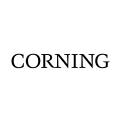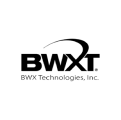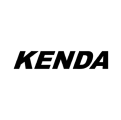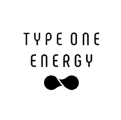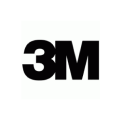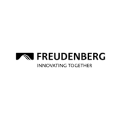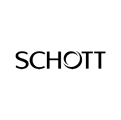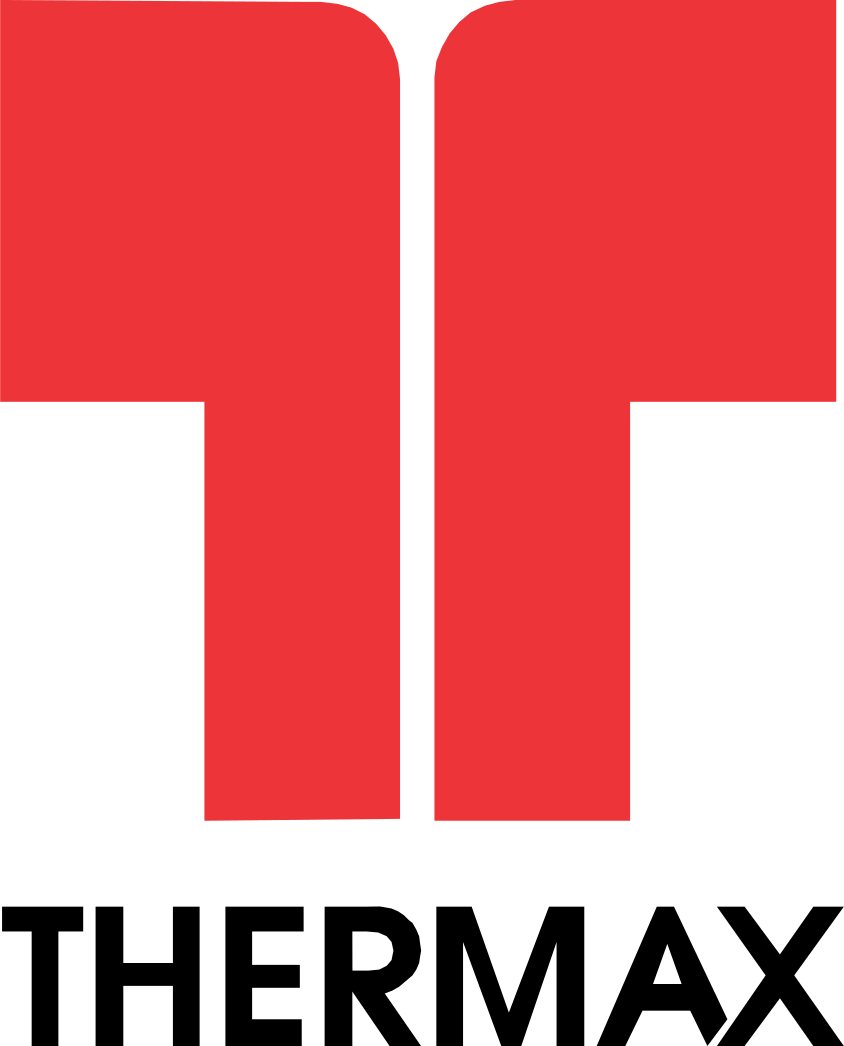
We estimate that on average, we save five hours per project doing preprocessing in Coreform Cubit compared to our previous meshing software, ICEM.
Adhiraj Pathania
Business Application Lead
Thermax
Background
Thermax Group is a multimillion-dollar sustainable energy company headquartered in Pune, India. Thermax develops and constructs turnkey power plants, municipal wastewater treatment facilities, and products for reducing air pollution.
Problem
To perform accurate computational fluid dynamics (CFD) simulations, Thermax creates high-quality, hex-dominant mesh representations of their geometry, which they send to ANSYS Fluent for simulation. As their needs evolved over the years, Thermax grew dissatisfied with the meshing software they had been using. As parts got more complex, they were having trouble getting the quality of hex meshes that they needed for accurate results. They also noticed that they were spending time repeating nearly identical tasks in their meshing workflows, which was frustrating for their engineers. These repetitions were also very costly in terms of man hours spent and in time spent moving designs through to production
Solution
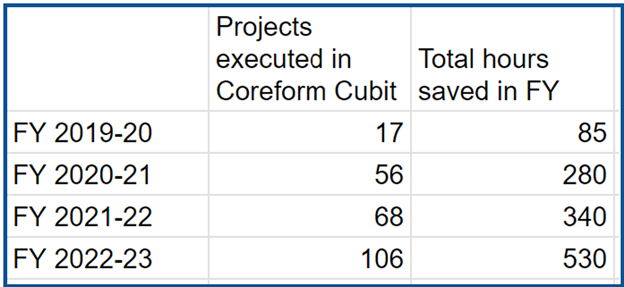
Table 1: Table showing estimated average hours saved per fiscal year since Thermax switched to Coreform Cubit. Note that as more scripts have been written and users have gained more experience, the time and labor cost savings have increased over time.
In 2019, Thermax undertook a full-scale reevaluation of their meshing needs and the available commercial tools, and made the decision to upgrade to Coreform Cubit (see Table 1). Thermax’s intricate multiscale projects require high-quality hex mesh generating software (see Figure 1). Additionally, Thermax geometries often are similar in design and repetitive in meshing needs. Coreform Cubit was uniquely situated to solve both problems by providing advanced hex meshing for these challenging simulations.

Figure 1: CFD mesh of Electrostatic Precipitator developed by Thermax in Coreform Cubit.
Robust semi-automatic hex meshing with interactive smart tools to reduce manual labor: Thermax’s multiple symmetric and repetitive models require them to mesh and name boundaries repetitively, which had been tedious, time-consuming, and expensive with their previous software. Coreform Cubit’s ability to reliably copy and transform a mesh while retaining boundary names and mesh quality was a game-changer for Thermax (see Figure 2). Other tools they used previously, even those that were marketed with this ability, proved unreliable in practice.
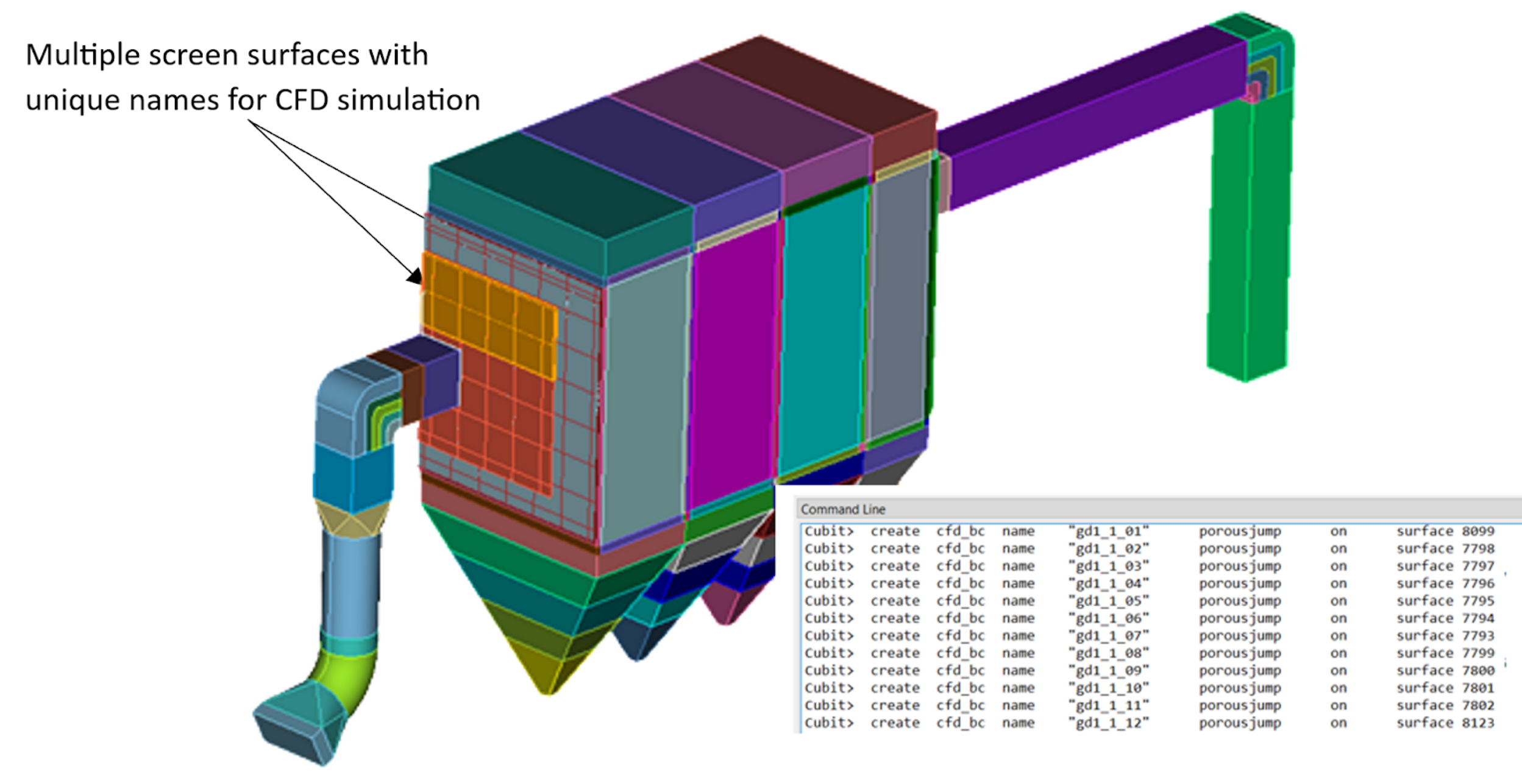
Figure 2: CFD geometry of an Electrostatic Precipitator developed by Thermax in Coreform Cubit. Coreform Cubit’s Python scripting capabilities were used to generate and assign names to the highlighted screen surfaces above; these names were exported for use in the CFD simulation.
Powerful scripting & process automation for maximum simulation throughput: Coreform Cubit has a powerful scripting language and Python API. Thermax used Cubit’s scripting to automate their most repetitive tasks, for a significant savings in time and frustration. For example, they built a fully automated process for assigning boundary conditions to repeated geometries, which has substantially decreased the overall meshing process time and saved, on average, between three and eight hours per project. Thermax can now propagate a change from a 3D model to a simulation-ready mesh in only minutes because of the automations they have built into their workflow. Coreform Cubit’s scripting capabilities have reduced the time to production across their product lines (see Figures 3 and 4).
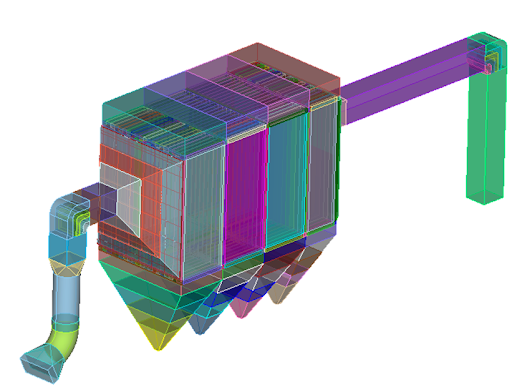
Figure 3: Mesh model of an electrostatic precipitator developed by Thermax in Coreform Cubit to treat power plant air pollution. Thermax often creates CAD geometry directly in Coreform Cubit prior to meshing, rather than importing CAD data.

Figure 4: CFD geometry of a three-chamber electrostatic precipitator (ESP), where the geometry/mesh/boundary conditions of ESP chamber-2 are copied to ESP-chamber-3 with a single command.
Comprehensive toolset for streamlining CAD prep for hex mesh generation: Beyond those crucial capabilities, the Coreform Cubit GUI proved to be intuitive and easy to use for new engineers. Command panel commands and model building capabilities allow models to be built and meshed within minutes. Coreform Cubit’s power tools guide users through model prep and simplification, and allows for straightforward setting of boundary conditions (see Figure 5). These tools facilitated software learning and lowered employee training time.
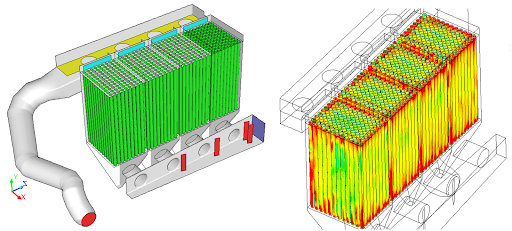
Figure 4: CFD geometry of a Bag Filter developed by Thermax in Coreform Cubit for Air Pollution treatment. This model was both designed and meshed in Coreform Cubit. The simulation results show near-uniform velocity patterns on the bags, which translates to better filtration.
Conclusion
Thermax has been using Coreform Cubit for meshing of electrostatic precipitators and bag filters since 2019. In that time, they estimate that they have saved more than a thousand hours of work and have reduced frustration and tedium for engineers. The use of Coreform Cubit’s advanced capabilities has reduced time to development for these parts compared to other meshing tools, and put inefficient man hours to better use. Thermax continues to use Coreform Cubit’s precise mesh control and automatic scripting capabilities to build extremely large-scale models with high-quality structured meshes for CFD simulations.



